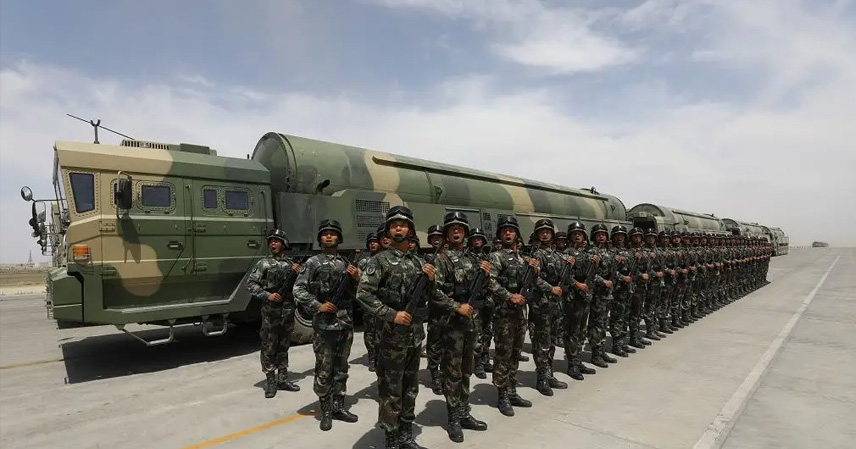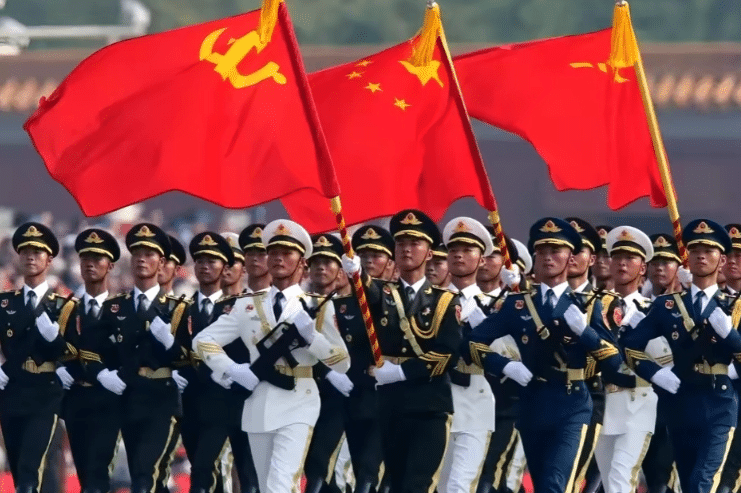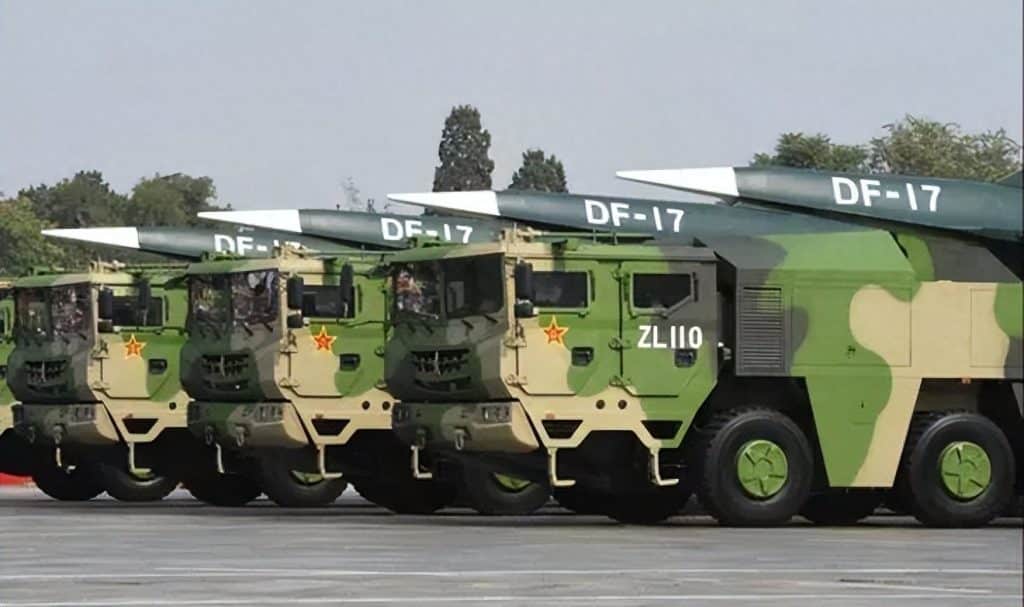In recent years, China’s nuclear warhead count has surged dramatically. Russian expert Vasily Kashin reports that by 2024, China’s nuclear arsenal has surpassed 600 warheads—100 more than the previous year, placing it at the top of the global growth chart. At this rate, China is expected to break the 1,000-warhead mark by 2030 with little doubt.
A Wake-Up Call for the U.S.
American military think tanks once assumed they could use tactical nuclear weapons in a conflict in the Western Pacific, based on the belief that China’s nuclear deterrent capabilities were limited. However, the dramatic year-on-year increase in warheads has shattered this assumption.
The DF-41 intercontinental ballistic missile (ICBM) is a formidable weapon, capable of covering all of the U.S. mainland and carrying 6-10 independently targeted nuclear warheads. The U.S. missile defense system is simply incapable of intercepting such weapons. These missiles can be launched from mobile platforms, whether on roads or railways, and can even be hidden in launch silos—a feat so difficult to detect by American satellites.
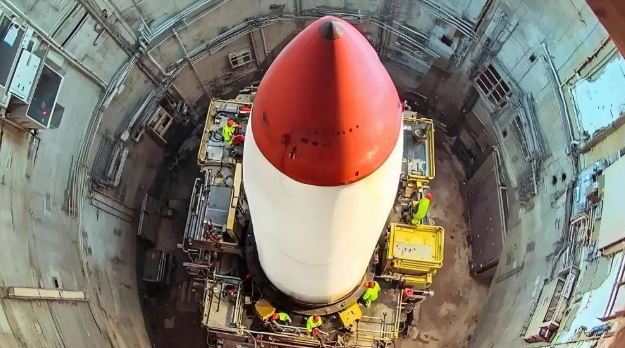
China’s nuclear missile silos in the Northwest Gobi Desert and Eastern Mountains have been expanding rapidly. Satellite images show hundreds of silos, and American intelligence agencies are closely watching these developments. The construction of 350 silos adds a psychological dimension to China’s strategic deterrence, ensuring mutual assured destruction (MAD), which is key to maintaining global stability and security.
The Sea-Based Nuclear Arsenal: A Silent Threat
China’s sea-based nuclear capabilities are equally impressive. The Type 096 nuclear-powered submarine can carry JL-3 submarine-launched ballistic missiles, capable of remaining hidden deep beneath the ocean’s surface. Even if Chinese territory is attacked, these underwater fortresses can retaliate instantly, ensuring China’s second-strike capability.
Additionally, the H-6N strategic bomber, equipped with the “Jinglei-1” air-launched hypersonic missile, can strike targets over 8,000 to 10,000 kilometers away, with speeds reaching 15 Mach. The bomber can carry 3-5 independently targeted warheads, solidifying China’s nuclear triad and strategic deterrence at the forefront of global power.
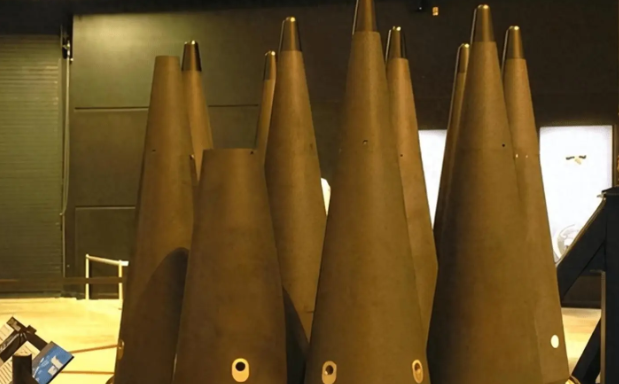
The U.S. Adjusts its Approach
Despite its harsh rhetoric, the U.S. has started to adjust its approach. During the Trump administration, the U.S. relaxed chip restrictions on China, approved the sale of AI chips from NVIDIA, and even Secretary of State Marco Rubio called his talks with Wang Yi “constructive.” These signals reveal a shift in the U.S. policy toolbox, suggesting that military pressure on China is becoming less effective, and the trade and technology battles are returning to a more rational focus.
The Economic Interdependence
The economic interdependence between China and the U.S. is like a noose around America’s neck. The two nations’ annual trade totals hundreds of billions of dollars, and half of the global supply chains pass through China. If a conflict were to erupt, American consumer goods and chip raw materials would be immediately cut off, severely disrupting the U.S. economy.
American capitalists aren’t foolish; the money for any potential war would ultimately come from their pockets. They are far more invested in maintaining business relations with China. This was evident when DJI, despite U.S. sanctions, still controls 75% of the North American drone market. U.S. lawmakers may call for sanctions, but they quietly place orders with DJI.
Allies and the Reality of Military Support
Are America’s allies truly reliable when it matters most? Despite Japan and South Korea participating in military exercises with the U.S., their public opposition would make it difficult for them to send troops to the Taiwan Strait. The Philippines, under Duterte, was already distancing itself from the U.S., and while Marcos has leaned toward the U.S., domestic opposition remains strong, including resistance to the U.S. stockpiling weapons on Philippine soil.
Without these allies as “cannon fodder,” the U.S. military in the Western Pacific would struggle to withstand China’s countermeasures.
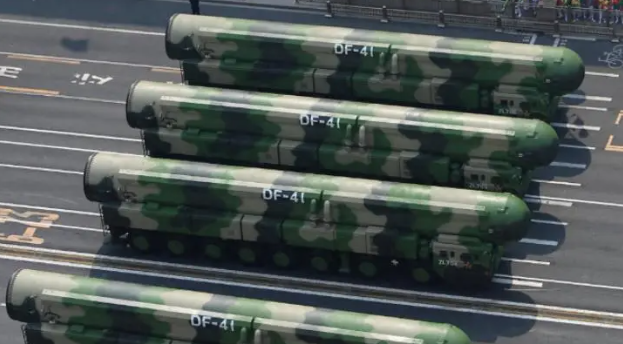
China’s Defensive Nuclear Strategy
China’s nuclear strategy remains defensive and pragmatic. It adheres to a no-first-use policy, keeping only a small portion of its arsenal in a deployable state. Nuclear weapons for China are a deterrent against hegemony, a symbol of technological strength, and a diplomatic bargaining chip.
While China does not want to use nuclear weapons, its arsenal is a guarantee that the international community must have the wisdom to negotiate and the strength to defend when necessary. China’s industrial system supports the rapid expansion of its nuclear forces, with a complete production chain from raw materials to assembly, ensuring high efficiency in manufacturing.
Military Production and Capability Gaps
China has surpassed the U.S. in production of 155mm shells, and its anti-ship missile production is on a scale that dwarfs the U.S. By contrast, the U.S. produces only 40,000 shells per month, and its annual production of anti-ship missiles is limited to just a few dozen, with frequent supply chain issues. These capacity differences are becoming glaringly evident, with the U.S. struggling to keep up.
The Nuclear Balance and Global Peace
The nuclear balance directly affects global peace. Those with the advantage in nuclear weapons control the conversation. With China’s nuclear strength growing, it is gaining more influence in international affairs. While the U.S. talks tough, it has been forced to adjust its actions to avoid direct conflict.
Russian experts predict that in a few years, the dynamics in the Western Pacific could change. China is investing heavily in land-based infrastructure, such as the China-Europe Railway and the China-Russia pipeline, ensuring energy security and long-term stability. The U.S. military faces increasing internal challenges, and its ability to sustain a long-term conflict is in question.
Conclusion: The U.S. Can’t Afford to Take on China
In the end, the U.S. doesn’t lack the desire to confront China, but it simply cannot afford to. The existence of nuclear weapons makes any military adventure a potential suicide mission. The growing conventional military strength of China is diminishing the U.S.’s regional advantage, while economic interdependence and the growing friction between American allies further limit Washington’s options.
China’s strategy is clear: talk when possible, but be ready to fight if necessary, but never initiate conflict. If the U.S. dares to provoke, it must first consider whether it can handle China’s thunderous retaliation.
References:
- “China’s Nuclear Arsenal: Strategic Implications”
- “Economic Interdependence and Global Security”
- “U.S.-China Relations and the Future of the Pacific”

